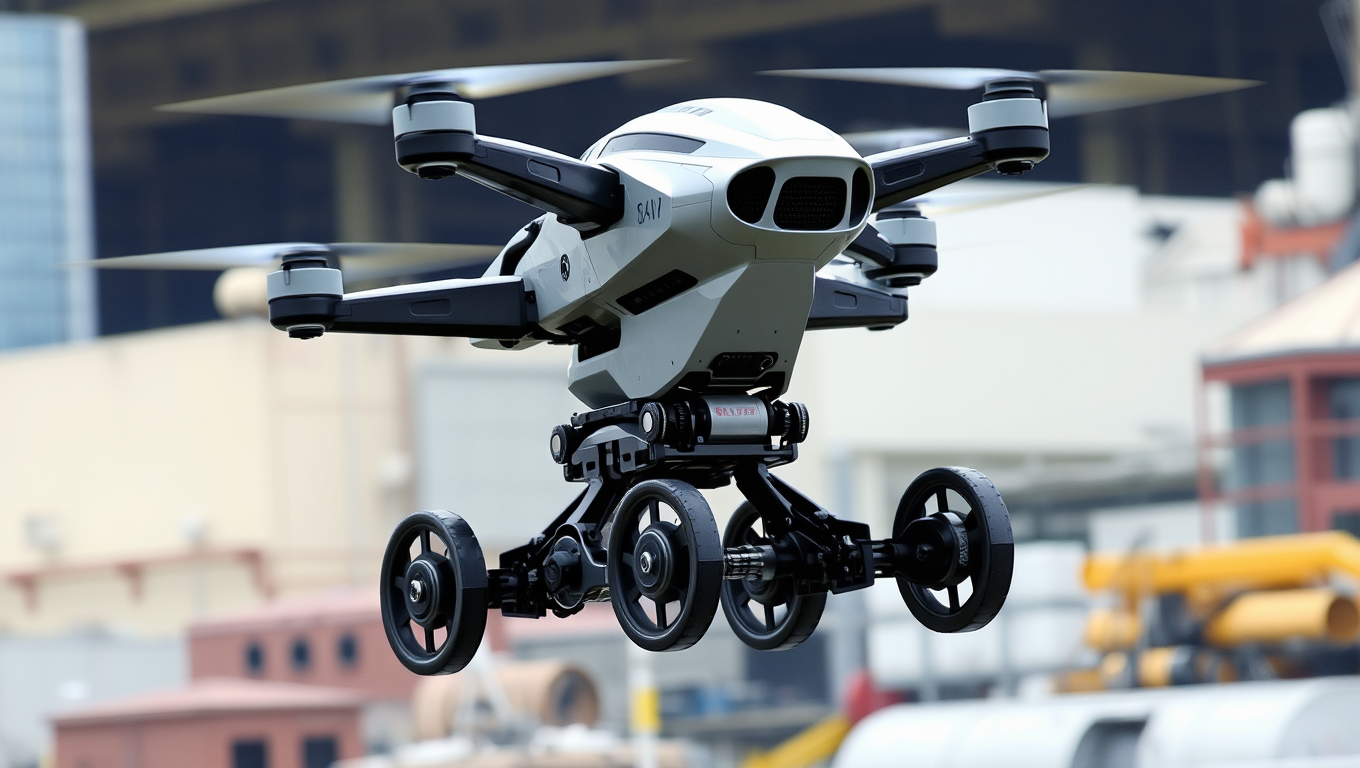While we try to keep things accurate, this content is part of an ongoing experiment and may not always be reliable.
Please double-check important details — we’re not responsible for how the information is used.
Aerospace
“Cooling the Planet: A New Stratospheric Aerosol Injection Strategy Using Existing Aircraft”
A technique to cool the planet, in which particles are added to the atmosphere to reflect sunlight, would not require developing special aircraft but could be achieved using existing large planes, according to a new modelling study.

Aerospace
Unveiling the Molecular Link Between Air Pollution and Pregnancy Risks: A Groundbreaking Study
A new study found exposure to specific tiny particles in air pollution during pregnancy are associated with increased risk of various negative birth outcomes.
Aerospace
“Mid-air Marvel: Caltech Engineers Create Transforming Robot That Flies and Rolls with Ease”
Engineers have developed a real-life Transformer that has the ‘brains’ to morph in midair, allowing the drone-like robot to smoothly roll away and begin its ground operations without pause. The increased agility and robustness of such robots could be particularly useful for commercial delivery systems and robotic explorers.
Aerospace
“Challenging the Classics: Researchers Reveal New Insights into Material Deformation under Stress”
Scientists have expanded on a longstanding model governing the mechanics behind slip banding, a process that produces strain marks in metals under compression, gaining a new understanding of the behavior of advanced materials critical to energy systems, space exploration and nuclear applications.
-

 Detectors7 months ago
Detectors7 months agoA New Horizon for Vision: How Gold Nanoparticles May Restore People’s Sight
-

 Earth & Climate8 months ago
Earth & Climate8 months agoRetiring Abroad Can Be Lonely Business
-

 Cancer8 months ago
Cancer8 months agoRevolutionizing Quantum Communication: Direct Connections Between Multiple Processors
-

 Albert Einstein8 months ago
Albert Einstein8 months agoHarnessing Water Waves: A Breakthrough in Controlling Floating Objects
-

 Earth & Climate7 months ago
Earth & Climate7 months agoHousehold Electricity Three Times More Expensive Than Upcoming ‘Eco-Friendly’ Aviation E-Fuels, Study Reveals
-

 Diseases and Conditions8 months ago
Diseases and Conditions8 months agoReducing Falls Among Elderly Women with Polypharmacy through Exercise Intervention
-

 Chemistry7 months ago
Chemistry7 months ago“Unveiling Hidden Patterns: A New Twist on Interference Phenomena”
-

 Agriculture and Food8 months ago
Agriculture and Food8 months ago“A Sustainable Solution: Researchers Create Hybrid Cheese with 25% Pea Protein”





























